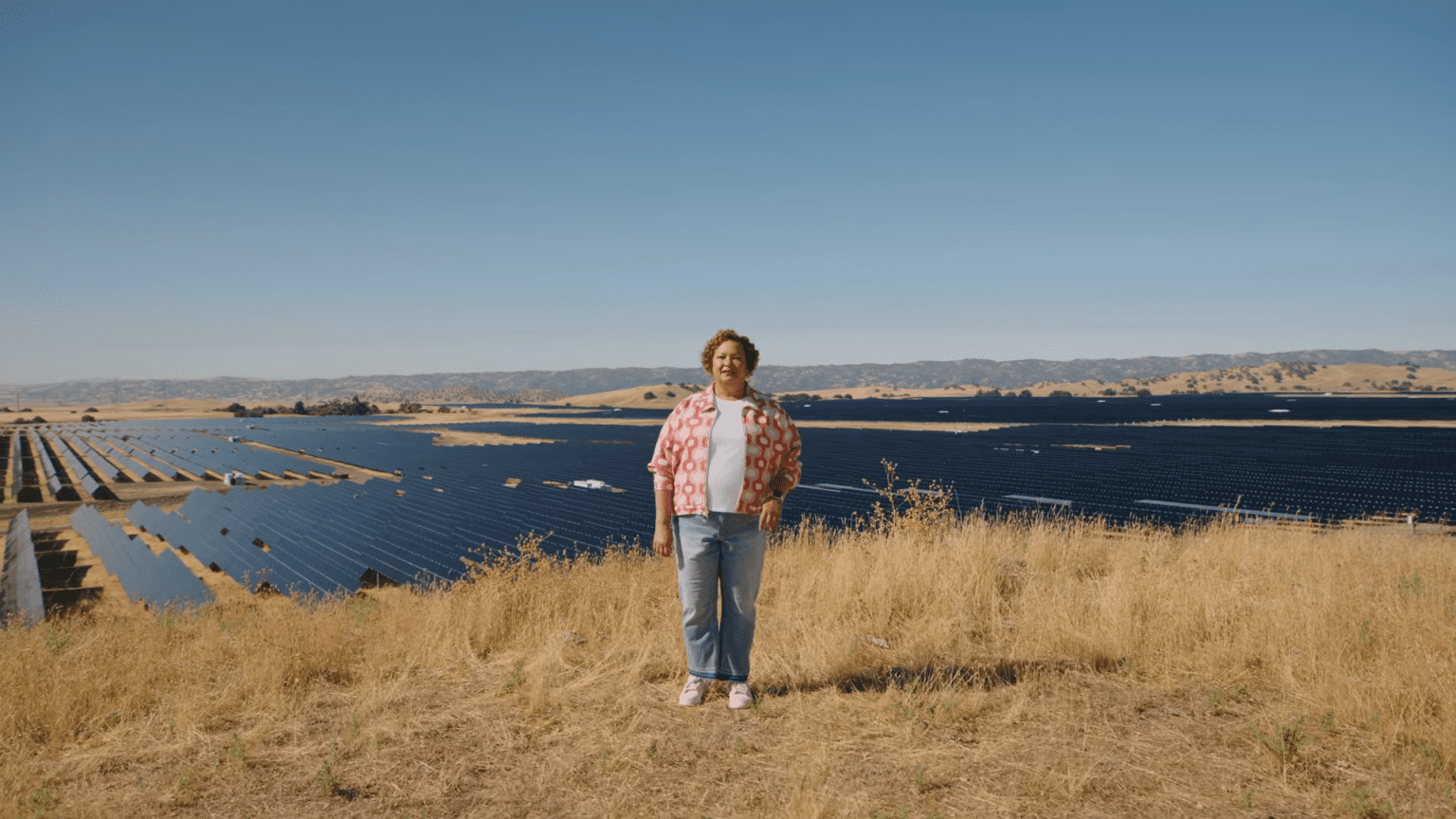Apple is committed to reducing its environmental impact, and it’s not passing on the costs of those efforts to consumers. Lisa Jackson, Apple’s Vice President of Environment, Policy, and Social Initiatives, said in an interview that the company doesn’t factor in a premium for its work on climate change. (via. Reuters)
We want to show a way forward that can apply to other businesses, We want other businesses to be able to say, ‘This isn’t because they’re Apple. It’s because they understand how to make clean energy and recyclable materials work in the manufacturing chains and drive emissions down.’.
Lisa Jackson
Apple has been aggressive in advocating for stricter environmental policies. In September, the company endorsed legislation in California that requires companies to report on their greenhouse gas emissions. Apple has also been an early backer of federal rules that would require companies to disclose emissions from their supply chains.

Discover new horizons, always connected with eSIM
Travel the world stress and hassle-free with the best eSIM service available. Enjoy unlimited data, 5G speeds, and global coverage for affordable prices with Holafly. And, enjoy an exclusive 5% discount.
Some critics argue that it’s easier for tech companies like Apple to meet such goals than it would be for corporations in more energy-intensive industries. However, Jackson says that Apple is facing its own challenges, such as figuring out how to account for the carbon footprint of renewable energy production.
Even making the windmills to generate renewable energy has a carbon footprint, So you have to account for that.
Lisa Jackson
For some configurations of the Apple Watch Series 9, the company has reduced its carbon footprint by 78%. However, there are still some emissions that Apple can’t avoid, such as emissions from transportation and logistics. Apple is also working with smaller processing companies to recycle rare earth metals and other materials. Jackson says that Apple is investing in these companies to help them scale up and bring other businesses along.
Here are some specific examples of Apple’s climate goals and initiatives:
- By 2030, Apple aims to make all of its products carbon neutral, including the entire global supply chain and the lifetime use of every device Apple makes.
- Apple has committed to using 100% renewable energy in its own operations by 2030.
- Apple is working with its suppliers to reduce their emissions and transition to renewable energy.
- Apple is designing its products to be more energy-efficient and longer-lasting.
- Apple is investing in recycling and reuse programs to reduce the environmental impact of its products.
Apple’s commitment to climate change is a step that could benefit both the company and the planet. By reducing its own emissions and helping other businesses do the same, Apple is contributing to a more sustainable future.



